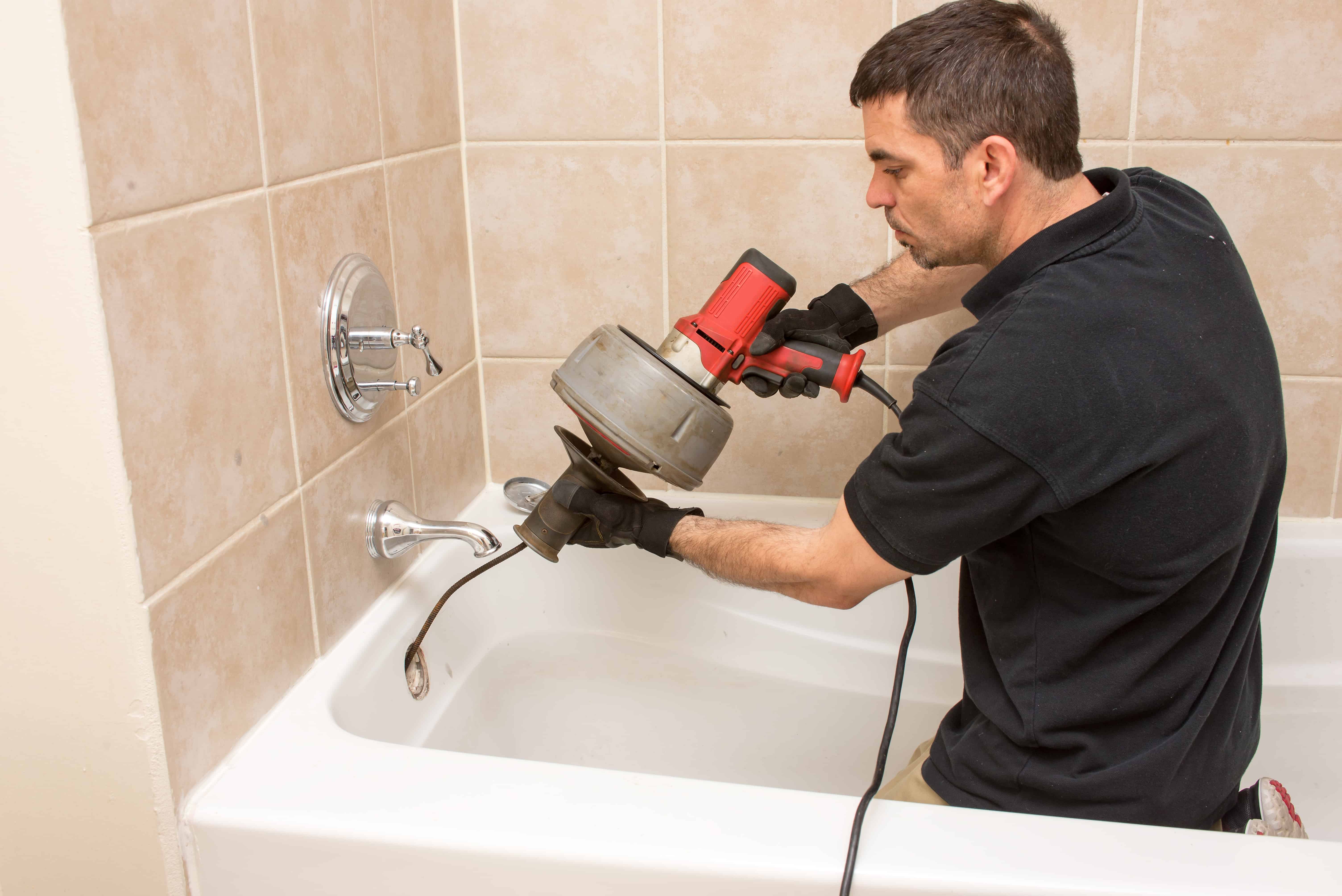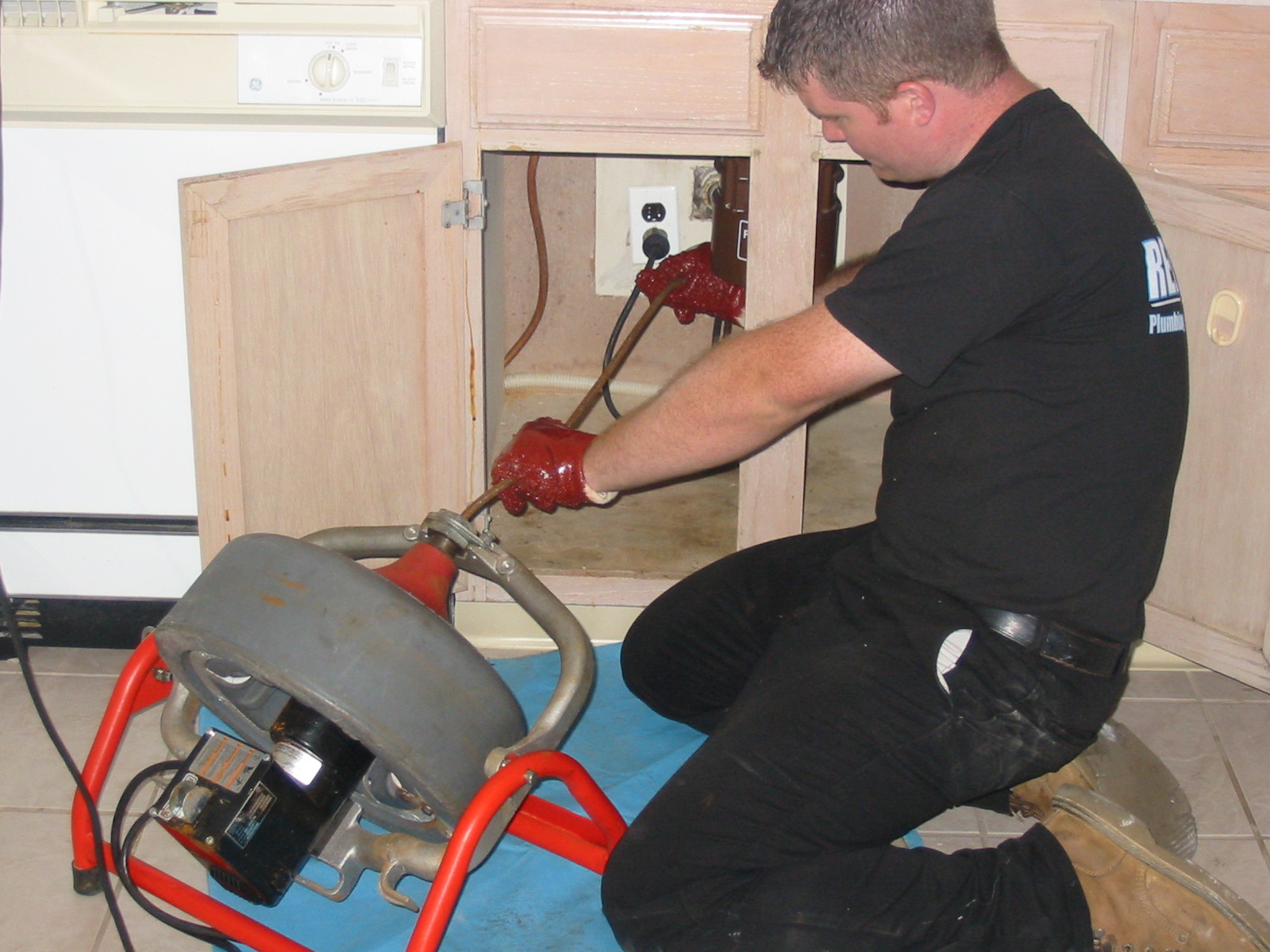Plumbing and drain cleaning are essential aspects of home maintenance, ensuring the smooth functioning of your water supply and drainage systems. Understanding the different types of plumbing systems, effective drain cleaning techniques, and preventive maintenance measures can save you time, money, and hassle in the long run.
From identifying common plumbing problems to handling emergency situations, this guide provides a comprehensive overview of everything you need to know about plumbing and drain cleaning, empowering you to maintain a well-functioning plumbing system for a comfortable and hygienic living environment.
Plumbing System Overview
A plumbing system is a complex network of pipes, fixtures, and appliances that provide water, gas, and waste removal in buildings. Understanding the different components and materials involved in a plumbing system is crucial for maintaining a safe and efficient home.
Types of Plumbing Systems
Plumbing systems can be classified into three main types based on their function:
- Water Supply System:Distributes clean water throughout the building for various purposes such as drinking, bathing, and cooking.
- Drainage System:Removes wastewater and sewage from fixtures like sinks, toilets, and showers, directing it to the sewer line.
- Gas System:Provides natural gas or propane for appliances like stoves, water heaters, and fireplaces.
Components of a Plumbing System
A typical plumbing system consists of the following components:
- Water Main:The main pipe that connects the building to the city’s water supply.
- Water Meter:Measures the amount of water used in the building.
- Pressure Regulator:Controls the water pressure in the system.
- Pipes:Carry water, gas, and wastewater throughout the building.
- Fixtures:Include sinks, toilets, showers, and faucets, which provide access to water and drainage.
- Appliances:Use water or gas, such as water heaters, dishwashers, and washing machines.
- Sewer Line:Connects the building to the city’s sewer system, carrying wastewater away.
Plumbing Materials
Common materials used in plumbing systems include:
- Copper:Durable, corrosion-resistant, and suitable for both water and gas lines.
- PVC (Polyvinyl Chloride):Lightweight, inexpensive, and commonly used for drainage and water supply lines.
- PEX (Polyethylene Cross-linked):Flexible, easy to install, and resistant to freezing.
Drain Cleaning Techniques: Plumbing And Drain Cleaning
Drain clogs are a common household problem that can be frustrating and unsanitary. There are a variety of drain cleaning techniques that can be used to unclog drains, each with its own advantages and disadvantages.
The most common drain cleaning technique is to use a plunger. Plungers work by creating a vacuum that helps to dislodge clogs. To use a plunger, place the plunger over the drain and pump it up and down vigorously. If the clog is not dislodged, try using a drain snake.
Drain snakes are long, flexible cables that can be inserted into drains to break up clogs. Drain snakes are available in a variety of sizes and shapes, so it is important to choose the right one for the job. To use a drain snake, insert the snake into the drain and turn the handle to rotate the snake.
The snake will break up the clog and allow water to flow freely.
Chemical cleaners are another option for drain cleaning. Chemical cleaners are available in a variety of formulas, so it is important to read the label carefully before using one. Some chemical cleaners can be harmful to pipes, so it is important to use them according to the manufacturer’s instructions.
If you are unable to unclog a drain yourself, you may need to call a plumber. Plumbers have the tools and experience to unclog drains quickly and effectively.
Using a Plunger
- Place the plunger over the drain and pump it up and down vigorously.
- If the clog is not dislodged, try adding some hot water to the drain and then plunging again.
- If the clog is still not dislodged, you may need to use a drain snake.
Using a Drain Snake
- Insert the snake into the drain and turn the handle to rotate the snake.
- The snake will break up the clog and allow water to flow freely.
- If the clog is not dislodged, you may need to use a chemical cleaner.
Using a Chemical Cleaner
- Read the label carefully before using a chemical cleaner.
- Follow the manufacturer’s instructions for use.
- If the clog is not dislodged, you may need to call a plumber.
Plumbing Maintenance Tips

Regular maintenance is crucial for a trouble-free plumbing system. By identifying common plumbing problems and their causes, you can take preventative measures and establish a maintenance schedule to avoid costly repairs and ensure optimal system performance.
Common Plumbing Problems and Causes, Plumbing and drain cleaning
Some common plumbing problems include:
- Clogged drains:Caused by hair, soap scum, grease, and other debris accumulating in pipes.
- Leaky faucets:Resulting from worn-out washers, O-rings, or valve seats.
- Running toilets:Caused by a faulty flapper valve, fill valve, or worn-out parts.
- Water hammer:Occurs when water flow is suddenly stopped, creating a shockwave that can damage pipes.
- Frozen pipes:When water in pipes freezes due to extreme cold temperatures.
Preventative Measures
To prevent plumbing issues, consider the following:
- Use drain screens:To catch hair and debris before they clog drains.
- Fix leaky faucets promptly:To prevent water damage and higher water bills.
- Check toilet flappers and fill valves regularly:To ensure proper operation and prevent running toilets.
- Insulate pipes in cold climates:To prevent freezing.
- Avoid flushing non-biodegradable items:Such as wipes, paper towels, or feminine hygiene products.
Maintenance Schedule
Establish a regular maintenance schedule to inspect and clean your plumbing system. Consider the following:
- Monthly:Inspect faucets and toilets for leaks, and clean drain screens.
- Quarterly:Deep clean drains using a drain cleaner or baking soda and vinegar solution.
- Annually:Call a licensed plumber for a professional inspection and cleaning of the entire plumbing system.
Emergency Plumbing Situations

Plumbing emergencies can strike at any time, causing significant inconvenience and potential damage to your home. Knowing how to identify and respond to these emergencies can help minimize the impact and ensure the safety of your family.
Common plumbing emergencies include:
Leaks
- Dripping faucets:Replace the washer or cartridge.
- Leaky pipes:Tighten the joints or call a plumber for more severe leaks.
- Toilet leaks:Check the flapper valve and fill valve.
Burst Pipes
Burst pipes require immediate attention. Shut off the main water valve and call a plumber to repair the pipe.
Clogged Toilets
- Plunge the toilet:Use a plunger to try and dislodge the clog.
- Use a toilet auger:Insert the auger into the toilet bowl and rotate to break up the clog.
- Call a plumber:If the clog is severe, call a plumber to use professional equipment.
Emergency Plumbing Services
Here are some emergency plumbing services you can contact:
- [Plumber’s Name]:[Phone Number], [Website]
- [Plumber’s Name]:[Phone Number], [Website]
- [Plumber’s Name]:[Phone Number], [Website]
Final Summary

By following the tips and techniques Artikeld in this guide, you can proactively address plumbing issues, prevent costly repairs, and ensure the longevity of your plumbing system. Remember, regular maintenance and prompt attention to any plumbing concerns can save you significant time, money, and stress in the long run.
